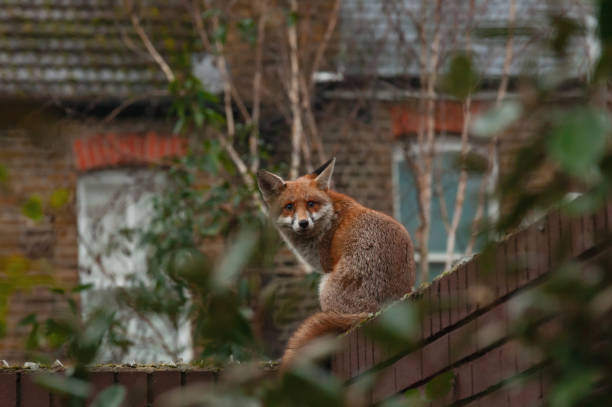Unveiling the Secret Life of Urban Foxes: A Closer Look at the Wildlife on Our Doorstep
Introduction: Wildlife isn't just found in the deep recesses of forests or remote islands; it's also thriving in our urban spaces. One such creature is the urban fox, a fascinating and adaptable animal that has taken to city life with surprising ease. This article provides an in-depth look at these intriguing animals, exploring their history, lifestyle, and the challenges they face in the urban jungle.

A Glimpse into the History of Urban Foxes
The story of urban foxes is one of adaptability and survival. They are originally woodland animals, but the destruction of their natural habitats and the allure of easy food sources has led them to venture into our urban spaces. In the 1930s, foxes began to be noticed in British cities, with the first recorded sighting in London in 1936. The trend quickly spread to other countries, and now, urban foxes are a common sight in cities across the globe.
The Lifestyle of Urban Foxes: Thriving Amid Concrete
Urban foxes are not just surviving in cities; they are thriving. They have adapted to the hustle and bustle of city life, becoming nocturnal to avoid human interaction. Their diet consists of a wide range of food, from rodents and birds to leftovers from garbage bins. Urban foxes tend to live longer than their rural counterparts due to abundant food sources and fewer predators.
Recent Developments: The Impact of Urbanization
The rapid pace of urbanization has had a significant impact on the population and behavior of urban foxes. As cities expand and green spaces shrink, foxes are forced to adapt to smaller territories. This has led to an increase in the population density of foxes in urban areas, causing increased competition for resources and altering fox behavior.
The Market for Fox Deterrents: A Growing Trend
With the rise in urban fox populations, there has been an increase in demand for fox deterrents. These products range from ultrasonic devices to chemical repellents, with prices varying between $20 to $100. Despite mixed reviews on their effectiveness, the market for fox deterrents continues to grow, reflecting the complex relationship between humans and urban wildlife.
The Future of Urban Foxes: Challenges and Conservation
Urban foxes face several challenges, including traffic accidents, poisoning, and diseases. Public opinion about these creatures is divided, with some viewing them as pests, while others appreciate their presence. Conservation efforts are focused on promoting coexistence, educating the public about urban wildlife, and implementing humane control measures.
In conclusion, urban foxes are a testament to nature’s adaptability. They symbolize the meeting point of the natural and the man-made, challenging our perceptions of wildlife. Understanding and respecting their place in the urban ecosystem is a step towards a more harmonious coexistence with the wildlife on our doorstep.




